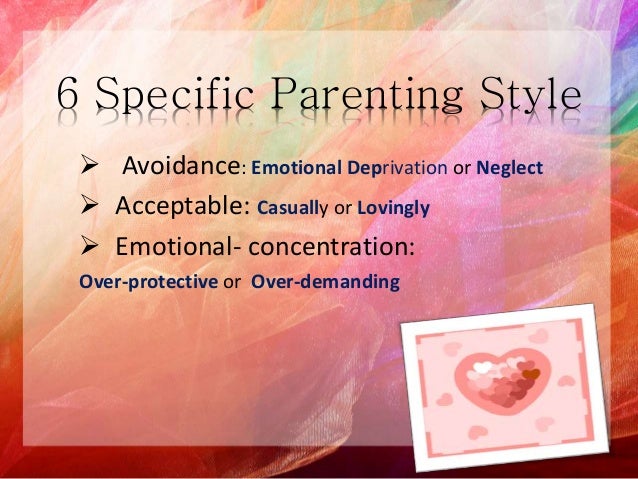
The result was a two-dimensional, eight by six classification system with eight categories of occupations (service, business contact, organization, technology, outdoor, science, general culture, and arts and entertainment) and six levels (professional and managerial, levels 1 and 2 semiprofessional and small business, level 3 skilled, level 4 semiskilled, level 5 and unskilled, level 6) within each category.Research into the impact of parent-child interactions on career choice has not resulted in significant support for Roe’s theory. In order to compare the individual to a full spectrum of occupations, Roe set out to develop a comprehensive classification system that would allow her to engage her inquiry. Roe was dissatisfied with existing classification systems for occupations, including the benchmark Dictionary of Occupational Titles. Out of parent-child interactions, Roe thought that children went on to develop an orientation either toward or not toward people. Roe’s interest in parent-child interactions led to the development of the Parent-Child Relations Questionnaire and its revision as a means of accurately assessing such interactions. Roe classified parent-child interaction patterns into three categories, each with two subcategories: (1) emotional concentration on the child, further classified as being overprotective or overdemanding, (2) avoidance of the child, further classified as emotional rejection or neglect, and (3) acceptance of the child, further classified as casual or loving. Inspired by Maslow’s hierarchy of needs, Roe incorporated the psychological needs that develop out of parent-child interactions in her conceptualization of personality. The publication of The Psychology of Occupations would introduce Roe’s theory of personality development and career choice, her most enduring scientific contribution.Roe’s theory can be separated into two key areas: theoretical aspects of personality and classification of occupations. In experimental psychology under the supervision of Robert S.

Upon graduating from the University of Denver, she attended Columbia University, following the recommendation of Thomas Garth.


Anne Roe (1904-1991) was born and raised in Denver, Colorado.


 0 kommentar(er)
0 kommentar(er)
